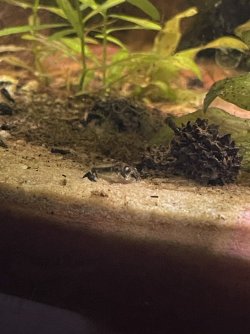- Joined
- May 19, 2022
- Messages
- 2,122
- Reaction score
- 3,087
Hard to give definitive answers as to nitrates as it can be species specific. Different species can tolerate higher nitrate levels and some cannot. For instance my two favorite fish are rope fish and Panda Garra. A rope can handle 20 PPM nitrates without batting an eye. This MAY be due to a rope being a lung fish so is also breathing actual air. That same 20 PPM of nitrates is borderline fatal for panda garra.Nitrates at 20ppm is too high? Any supporting evidence for that? If there is, I would be interested. If you have time, or the source.
Here is an article on nitrates as you asked for resources. Please note that while the article states that some fish can survive at higher nitrate levels it recommends a level of 5-10 PPM.


